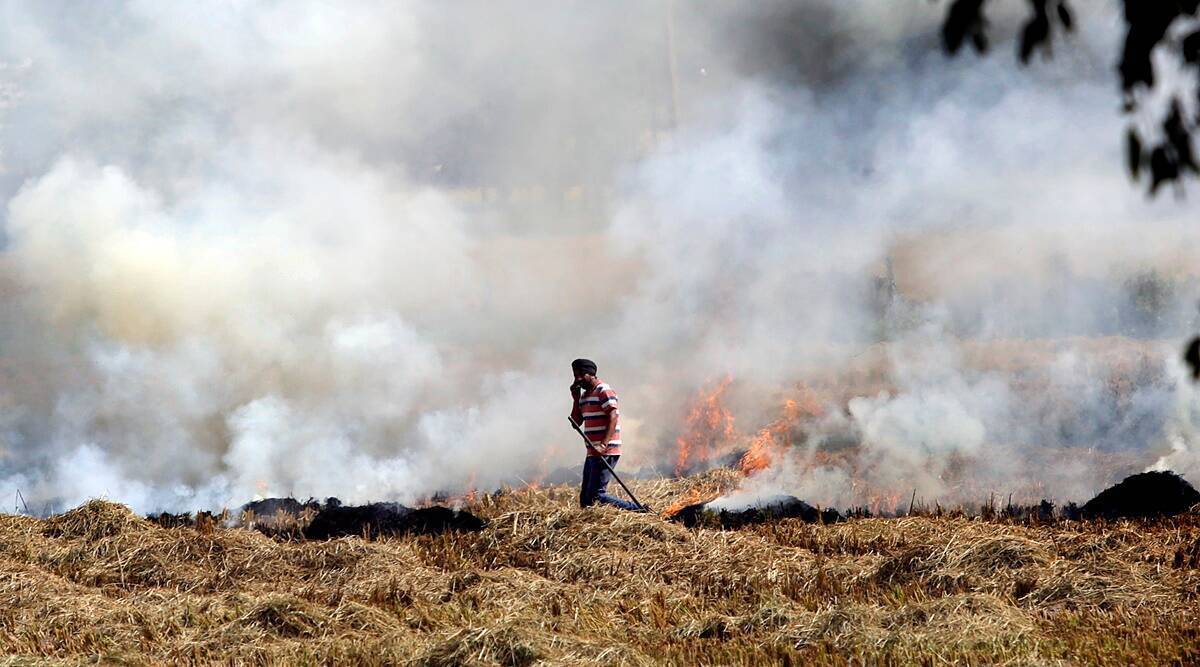 The number of burning events in Punjab rose from zero on September 29 to eight on September 30, and 45 on October 1. On October 2, the number of events rose further to 83.
The number of burning events in Punjab rose from zero on September 29 to eight on September 30, and 45 on October 1. On October 2, the number of events rose further to 83.The stubble burning counts in Punjab and Haryana have increased recently, after the withdrawal of the southwest monsoon last week. According to the Indian Agricultural Research Institute’s (IARI) Consortium for Research on Agroecosystem Monitoring and Modelling from Space, the paddy residue burning events have been on the rise in Punjab from October 1.
The number of burning events in Punjab rose from zero on September 29 to eight on September 30, and 45 on October 1. On October 2, the number of events rose further to 83. The highest figure was recorded on October 5, when there were a total of 130 paddy residue burning events. The system recorded 85 such burning events on October 6, with the most from Amritsar at 29. The total number of residue burning events recorded so far this season (from September 15) is 630 in Punjab and 74 in Haryana, according to the data with IARI.
The impact of stubble burning has, however, not been visible in Delhi so far. The air quality which had deteriorated to be in the ‘poor’ category Wednesday with an AQI of 211, improved to the ‘satisfactory’ category Thursday when Delhi recorded an AQI of 79.
On October 6 last year, data from the Punjab government’s dashboard indicates that there were only 42 residue burning events in the State. This year, monsoon withdrew from Punjab and Delhi earlier (on September 29) compared to last year, when it withdrew on October 8.
Delhi’s air quality
Delhi's air quality depends on factors like wind speed, wind direction and rainfall. Calm conditions that set in after the withdrawal of the monsoon usually bring about a deterioration in the AQI. While the AQI has remained in the moderate and poor categories so far this month, it improved Thursday with strong easterly winds.
Gufran Beig, founder project director, SAFAR, said, “Although the monsoon has withdrawn, sporadic rainfall is there, washing away pollutants. Fire counts are still low and do not make any difference in air quality even if wind direction is favourable.”
On Thursday, the predominant surface winds were coming from the southeast direction, according to the Air Quality Early Warning System for Delhi. The air quality is likely to remain in the ‘satisfactory’ category on October 7, 8 and 9, with rainfall activity and easterly winds, according to the forecast.